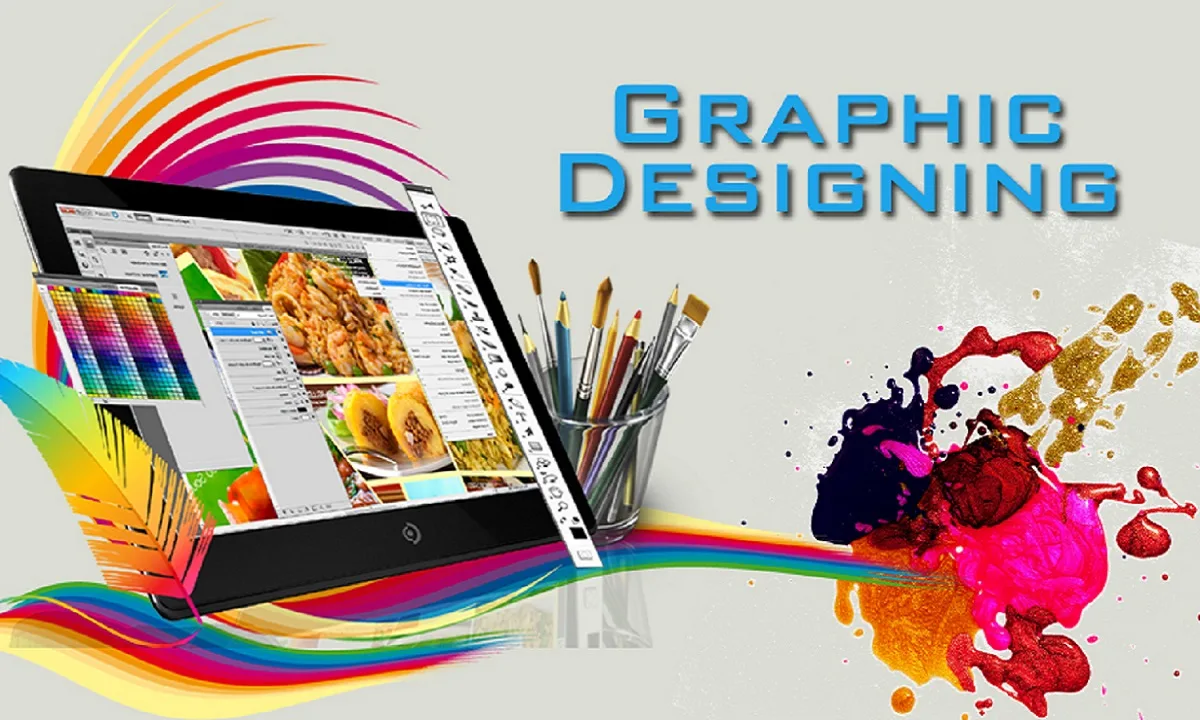How to Become a Graphic Designer: Your Path to a Creative Career

Are you passionate about design, art, and creativity? Do you have an eye for aesthetics and a flair for visual communication? If so, a career as a graphic designer might be the perfect fit for you. We will explore the exciting journey of becoming a graphic designer, from developing the necessary skills and qualifications to building a stellar portfolio and landing your dream job.
1. Understanding the Role of a Graphic Designer
At its core, graphic design is the art of visual communication. Graphic designers use typography, colors, images, and illustrations to convey a message or story. They are crucial in creating eye-catching advertisements, website designs, branding materials, and more.
2. Skills Required to Excel as a Graphic Designer
Becoming a successful graphic designer demands a diverse skill set. You need a keen sense of creativity, a strong grasp of design principles, and the ability to think critically and problem-solve. Excellent communication skills are essential for understanding clients' needs and effectively translating them into captivating visuals.
3. Educational Paths and Qualifications
While formal education is not always mandatory, pursuing a degree or certification in graphic design can provide a solid foundation and open doors to better opportunities. Look for reputable design schools or online courses that offer comprehensive training in design software, color theory, layout, and more.
4. Building Your Graphic Design Portfolio
Your portfolio is your visual resume, showcasing your best work and creative abilities. Assemble a diverse collection of projects that highlight your skills and style. It could include personal projects, freelance work, or even mock assignments.
5. Exploring Different Specializations in Graphic Design
Graphic design is a versatile field with various specializations such as web design, branding, illustration, packaging, and more. Explore different areas to find your passion and focus on honing the skills specific to your chosen niche.
6. Mastering Graphic Design Software
Proficiency in industry-standard design software is a must for any graphic designer. Adobe Creative Suite, including Photoshop, Illustrator, and InDesign, is widely used in the design industry. Invest time in mastering these tools to enhance your design capabilities.
7. Staying Updated with Design Trends
Design trends evolve constantly, so staying up-to-date with the latest developments is essential. Follow design blogs, attend workshops, and engage with design communities to keep your skills fresh and relevant.
8. Developing a Personal Brand as a Graphic Designer
Branding isn't just for businesses; it's essential for individuals too. Define your unique style and create a brand that reflects your design philosophy. A strong personal brand can help you stand out in a competitive job market.
9. Networking and Building Connections in the Industry
Networking is a powerful tool for advancing your career. Attend design events, join professional associations, and connect with other designers and potential clients. Building a strong network can lead to exciting opportunities and collaborations.
10. Internships and Freelancing Opportunities
Internships and freelancing gigs provide valuable hands-on experience. They allow you to work on real projects, build your confidence, and expand your portfolio. Don't underestimate the power of internships and freelance work in shaping your career.
11. Tips for Nailing Graphic Design Job Interviews
Preparing for job interviews is essential to make a lasting impression. Showcase your portfolio, demonstrate your problem-solving skills, and be confident in discussing your design process. Be ready to answer questions about your design choices and how you handle feedback.
12. Navigating the First Years of Your Graphic Design Career
The early years of your graphic design career may come with challenges. Embrace them as learning opportunities and be open to constructive feedback. Continue learning and growing as a designer to enhance your expertise.
13. Advancing Your Career: Continuous Learning and Growth
As a graphic designer, learning is a lifelong journey. Attend workshops, take advanced courses, and seek mentorship to improve your skills continually. Embrace challenges and step out of your comfort zone to keep growing as a designer.
14. Starting Your Own Graphic Design Business
If you dream of being your boss, starting your graphic design business might be the right path. Understand the business aspects, create a business plan, and market your services effectively to attract clients.
15. Conclusion
Becoming a graphic designer in dubai is an exciting and rewarding journey. It requires dedication, creativity, and continuous learning. By honing your skills, building a strong portfolio, and networking with like-minded professionals, you can pave the way for a successful career in graphic design.
- Art
- Causes
- Crafts
- Dance
- Drinks
- Film
- Fitness
- Food
- Games
- Gardening
- Health
- Home
- Literature
- Music
- Networking
- Other
- Party
- Religion
- Shopping
- Sports
- Theater
- Wellness
- IT, Cloud, Software and Technology


